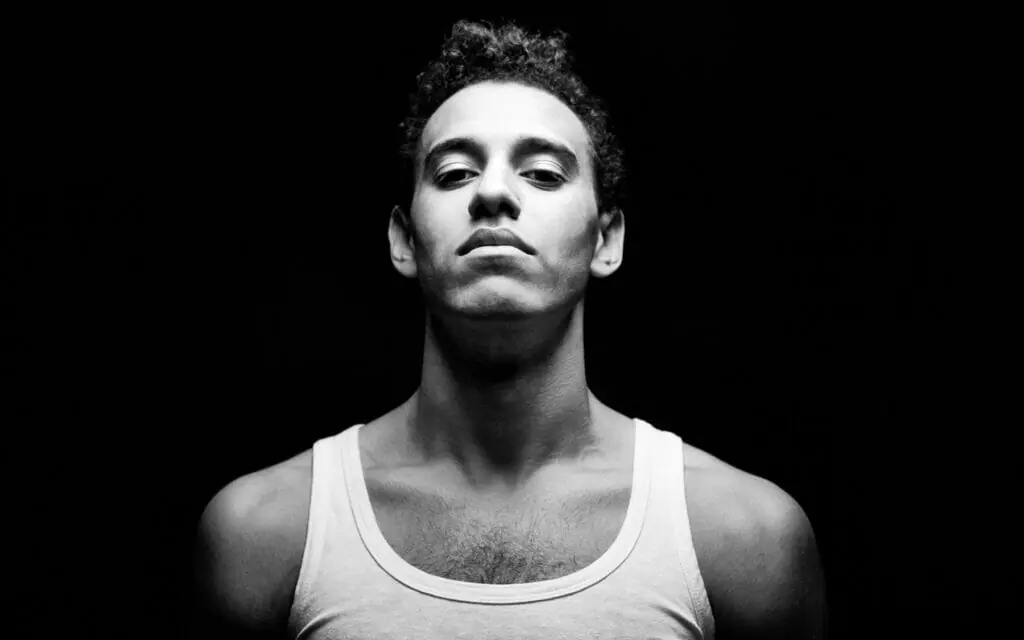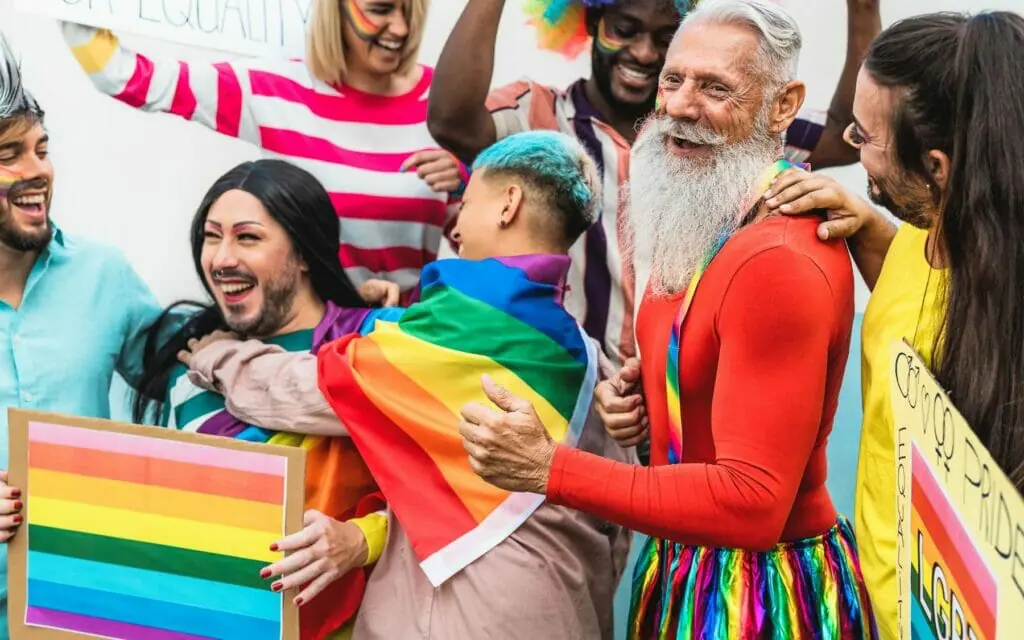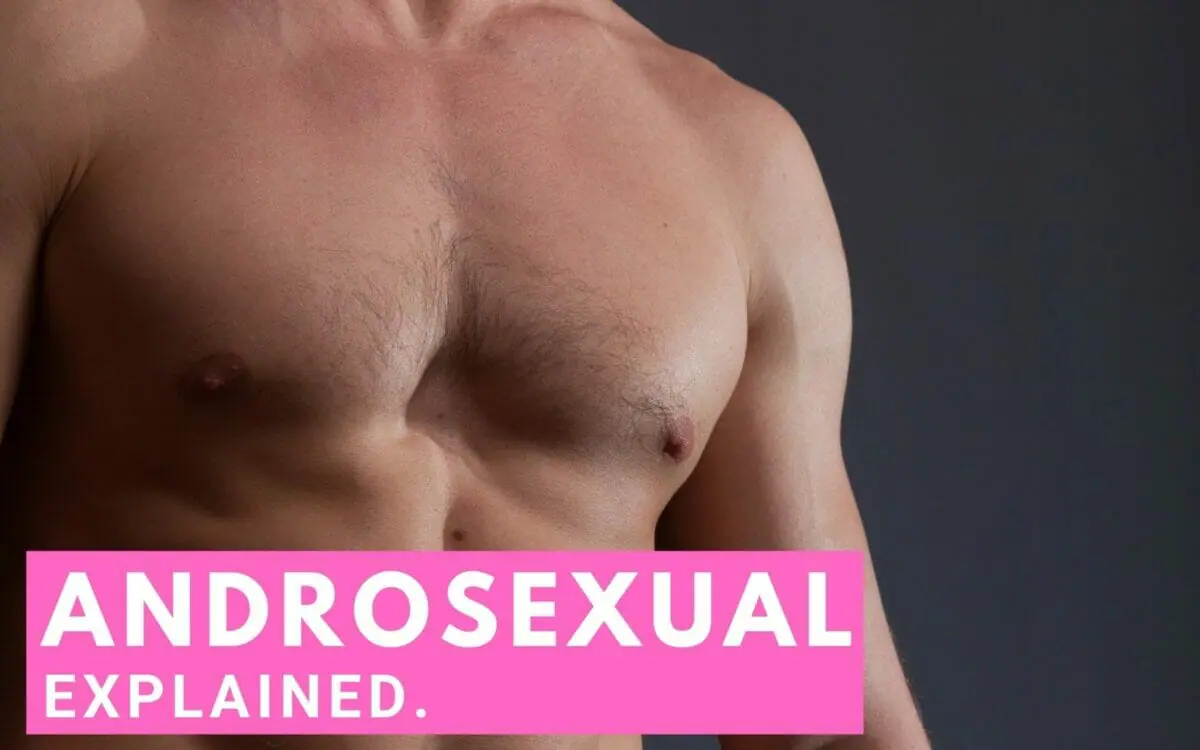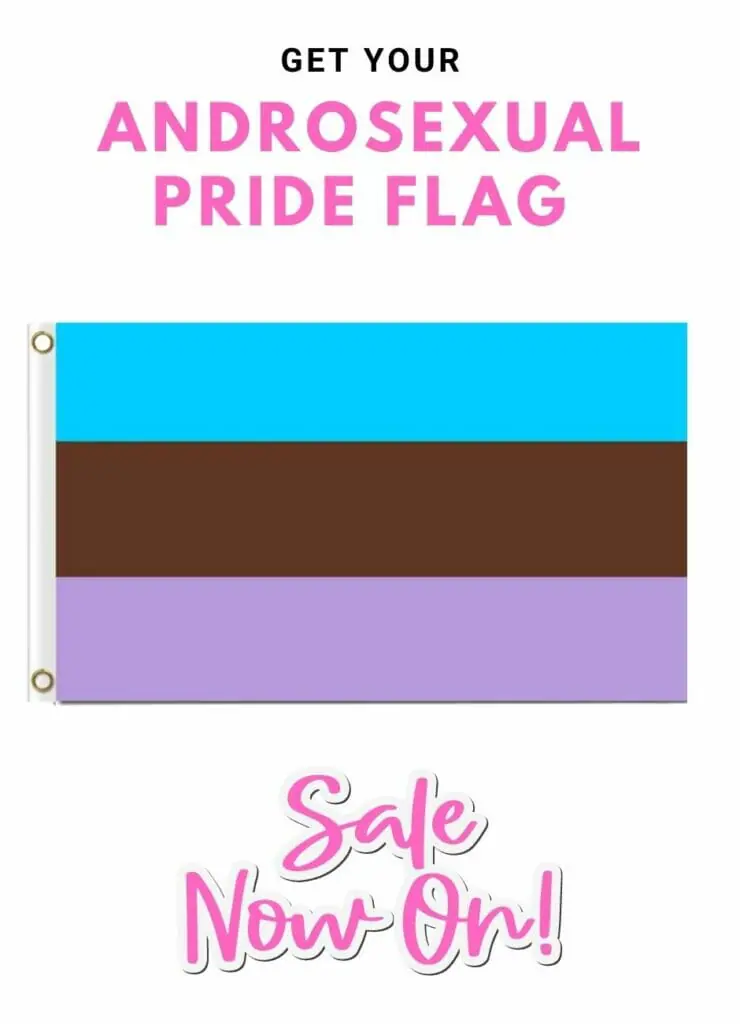Anyone can feel attached to or identify with a diversity of gender identities and/or sexual orientations. And as evermore definitions have been popularised over the years to embody the emotions and experiences of queer people, it can be hard to keep up.
If you are not totally absorbed in LGBTQ+ culture or the rainbow community, you may not appreciate these lesser-known sexual orientations and gender identities – most of which have a lack of representation in mainstream media.
One such term is androsexual, so we are going to define and cover what does androsexual mean, speak about the androsexual pride flag, and then provide some tips to help you become a better ally to androsexual people.
In this article we will cover...
What Does Androsexual Mean?
Androsexual refers to people attracted to masculinity. Androsexual people can experience attraction to anyone with masculine traits or qualities irrespective of their sexual or gender orientation.
The term androsexual is derived from the Greek language. The word “andro” stands for “man,” “sexual” for “sexual desire,” and “philic” for “with love.” Because the term androsexual is so new, it can signify different things to different people. Some individuals feel it refers to a desire for more masculine or male manifestations, while others say it refers to a desire for persons who identify as nonbinary.
Nonbinary people do not identify as strictly male or gender. If they’re attracted to cisgender males and trans guys, for example, some women who identify as cisgender may also identify as androsexual. The primary difference between androsexuality and terms like heterosexuality and homosexuality is in the attraction itself.
People who consider themselves androsexual give more focus to masculinity rather than the gender of the person they’re attracted to. They’re attracted more to the aspects of “maleness” such as the physical, emotional, mental, or sexual.
Some androsexual people are only attracted to men, and others might be attracted to anyone who has a masculine identity, appearance, and/or gender expression. It’s possible to be androsexual and still identify as something else such as bisexual or pansexual.
There are a variety of reasons why people identify as androsexual. If a person’s gender varies over time but their attraction to men and masculinity does not, they may opt to identify as androsexual. Depending on their gender identity at the time, they may find it simpler to refer to themselves as androsexual rather than homosexual or heterosexual.
People who are unclear of their gender identification may use the term androsexual to describe their orientation because it does not require them to define their gender first.

Androsexual Pride Flag Meaning
There are many different pride flags symbolizing most queer identities, so it should come as no surprise there is a flag for androsexual people to proudly fly.
Three vibrant stripes make up the androsexuality pride flag. The top stripe is violet, the center stripe is dark maroon, and the bottom band is sky blue.
ThatOneKnows came up with an alternate flag. The transitioning stripes to the central blue stripe embody trans men; the blue stripe at the center represents those of the male gender; the green and purple stripes at the end represent non-binary individuals who present masculinity, and the blue stripe in the middle represents those of the male gender.
Androsexual Pride Day
Education, visibility, commemoration, and appreciation are all critical in promoting global acceptance and acknowledgment of queer identities and queer folx in general. And from experience, we know it is easier for queer people to talk to friends and loved ones – and to feel the love – when a worldwide day for them is observed. Not to mention it also helps foster awareness and increased sensitivities from society at large.
Sadly however no Androsexual Pride Day has not yet been designated. But that does not stop you from marking your calendar and doing something special (even if it’s just a social media post!) next pride month!
Or any other day of the year, to be honest.
Other Androsexual Information To Help You Be A Better Ally
Many people have misconceptions regarding sexuality and gender orientations, including androsexuality and as a result, some people have spent their entire careers debunking these myths. In fact, there are now more than 200 scales used to reference and evaluate gender identification and sexual orientation. So no wonder it can be a little overwhelming.
In terms of androsexuals, it is first important to note that no androsexual experience is identical to another. You can’t tell whether someone is androsexual by looking at them, observing their personality, or their physical aesthetic. None of these characteristics can provide a clue as to how a person identifies, and this is as true for androsexual individuals as it is for any gender or sexual orientation.
The first thing you should do as an ally to androsexual people is to believe them when they tell you about their identity. Don’t try to argue them out of it or make the mistake of thinking you could know more about how they feel than they do. It could also help if you worked on your mindset. Working on your attitude means you challenge your concept of gender, sexuality, and sex.
After all, if you have any issues with understanding androsexual people, the root cause is bound in your understanding of gender and sexuality – not theirs. Educating yourself (as you are by reading about what does androsexual mean?) is an excellent first step to increase your awareness and not make your lack of knowledge in this area a burden on them.
There aren’t any explicit rules or guidelines, but here are some thoughts on how you can be a more effective LGBT ally and support a loved one as you discover what it means to be androsexual.

It’s not just about attraction to the male gender or the binary.
Some people believe that androsexuality entails being only attracted to the male gender or binary. The word “andro,” means “male” or “man,” and is what makes many people think of the male binary. That, however, is not the case.
People who identify as androsexual may be drawn to gender identities that emphasize masculinity, such as cisgender, nonbinary, and other gender identities. This includes transsexual males and women with more masculine characteristics.
Respect and open communication are ideal in a relationship
If you’re in a relationship with an androsexual, understand that mutual respect, trust, and open communication are vital. Discuss your expectations, needs, and values with your partner and allow each person to feel safe and valued within the relationship. Every relationship is different, but one essential component of a healthy relationship is the ability to be who you are.
If you’re in a relationship with an androsexual, they should be comfortable and confident about confiding in you knowing that they can trust you to respect their privacy and not share what they’ve told you with other people. If they aren’t ready to confide in you, it’s ok.
Don’t force them to do it otherwise you will break the trust you’re trying to establish.

Employ inclusive language
Not all people who are androsexual are cisgender female or heterosexual. Some could be nonbinary. As a result, you should always ensure that you use inclusive language when you’re addressing people. Rather than solely relying on she/her pronouns, use gender-neutral pronouns especially when addressing large groups of people. Gender-neutral pronouns include pronouns like they/them.
If you aren’t sure about what pronouns an androsexual person prefers, it’s always better to ask or introduce yourself using your pronouns. You could say, “hi, I’m Jake. I go by he/him. How about you?”.
It’s up to an androsexual person to choose how, when, and if they’d like to share their sexual and gender orientation with other people. While there are people who will be supportive of androsexual people no matter the circumstance, others may still need a little more education about what it means to be androsexual.
If the androsexual person in your life isn’t ready to talk to others about their gender or sexual orientation, let them be. In addition, talking about orientations and identities that do not align with the socially constructed norms and expectations isn’t safe for everyone. Not all situations are safe for LGBTQIA+ people so be careful of what you say.

Educate yourself
Not everyone knows about androsexuality since it’s a lesser-known term. Even so, your education about the term and what it means shouldn’t be the responsibility of an androsexual person. Remember that people have different experiences with their gender or sexual orientation and identity so androsexuals aren’t any different.
There are plenty of online forums and resources such as this one that will help you understand what androsexuality is. While experiences are different due to culture and other situations, it’s important not to invalidate someone’s experience with their identity.
We’re all different and our definitions of gender or sexual identity and orientation may vary.





